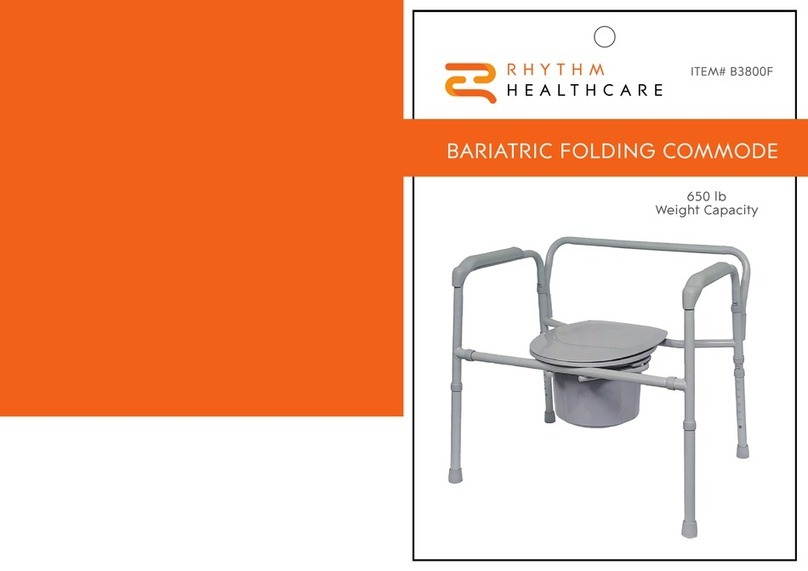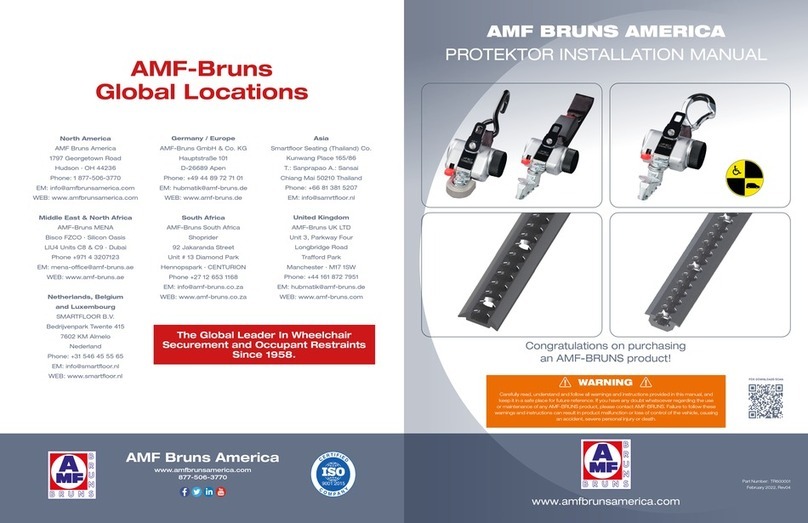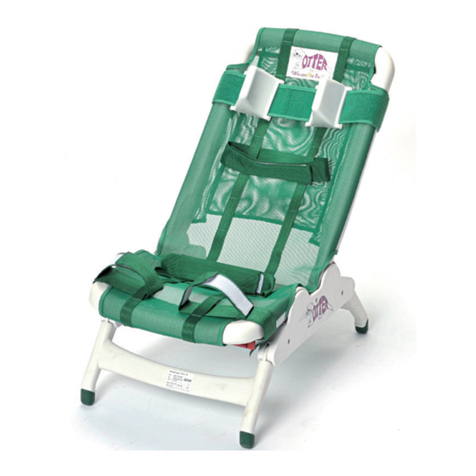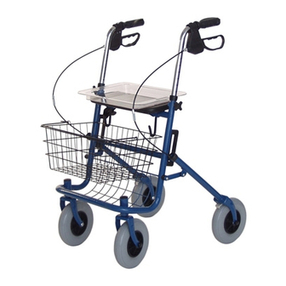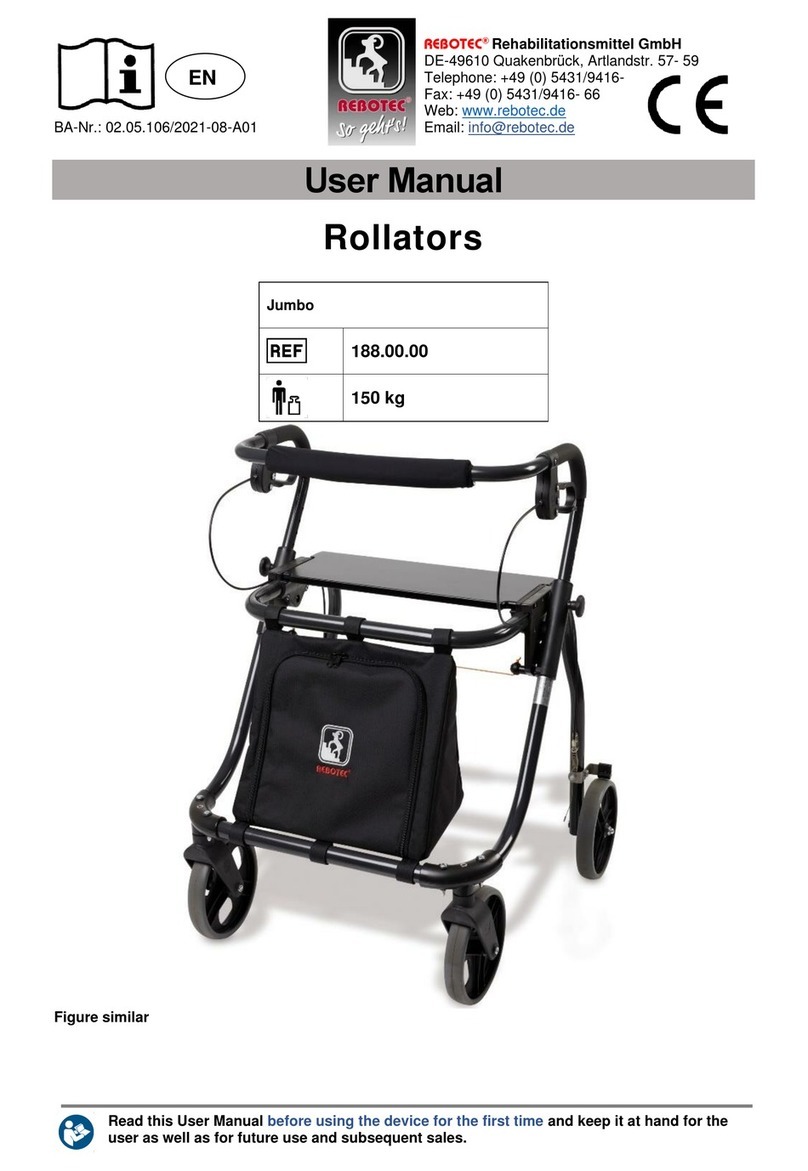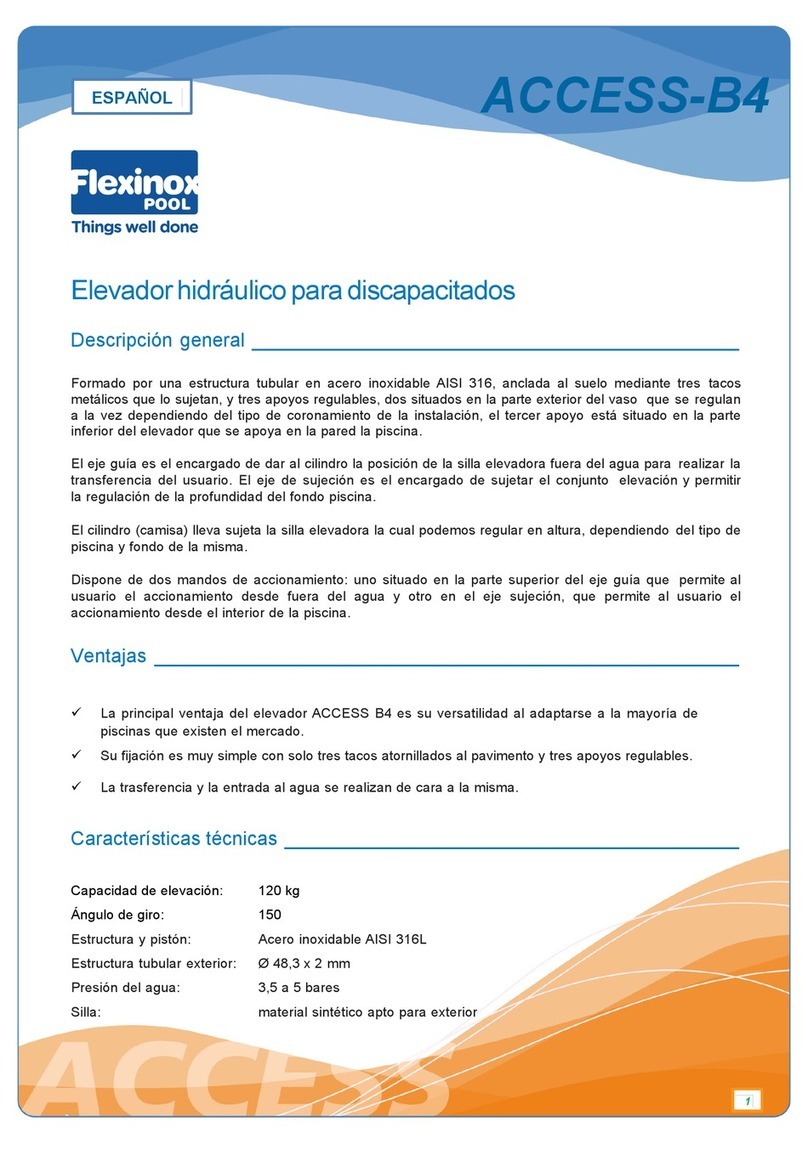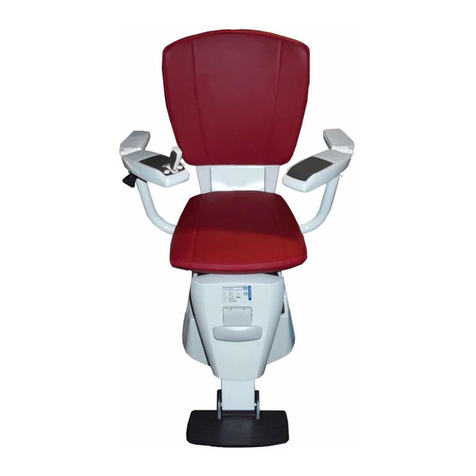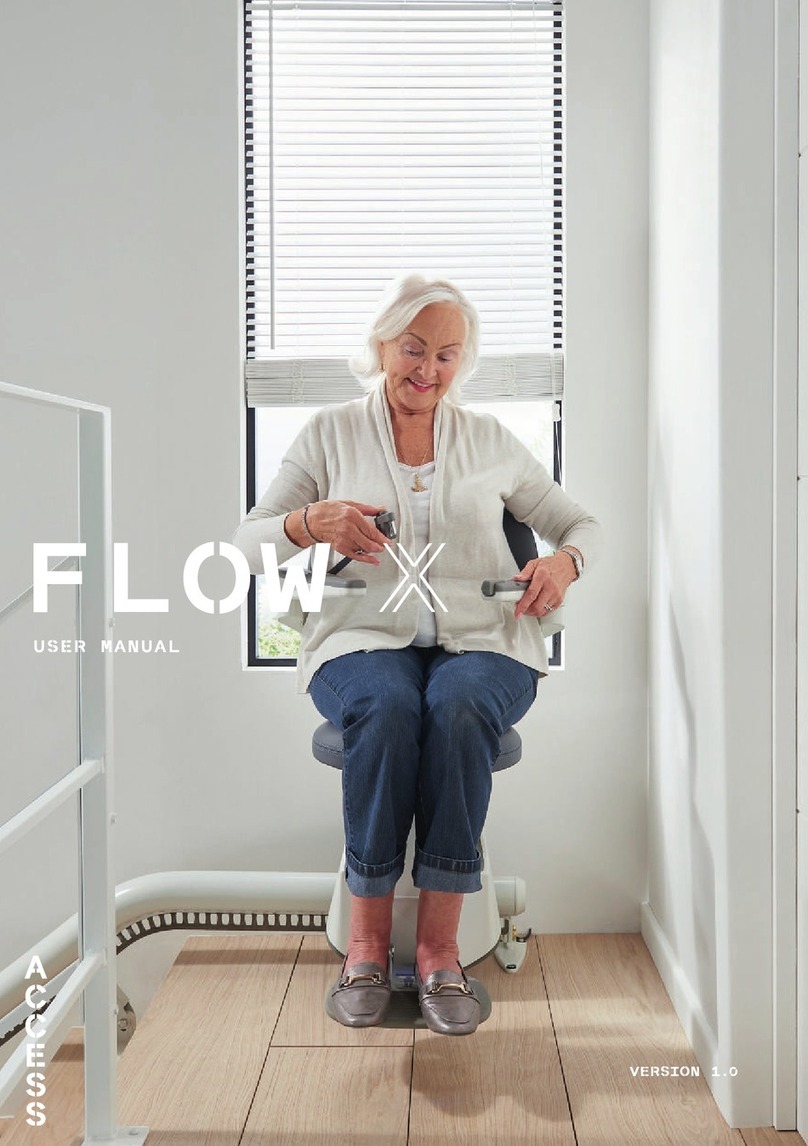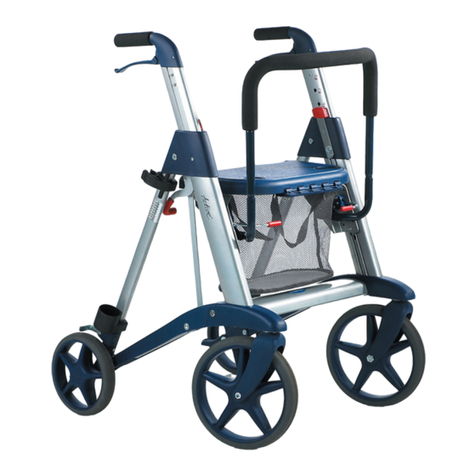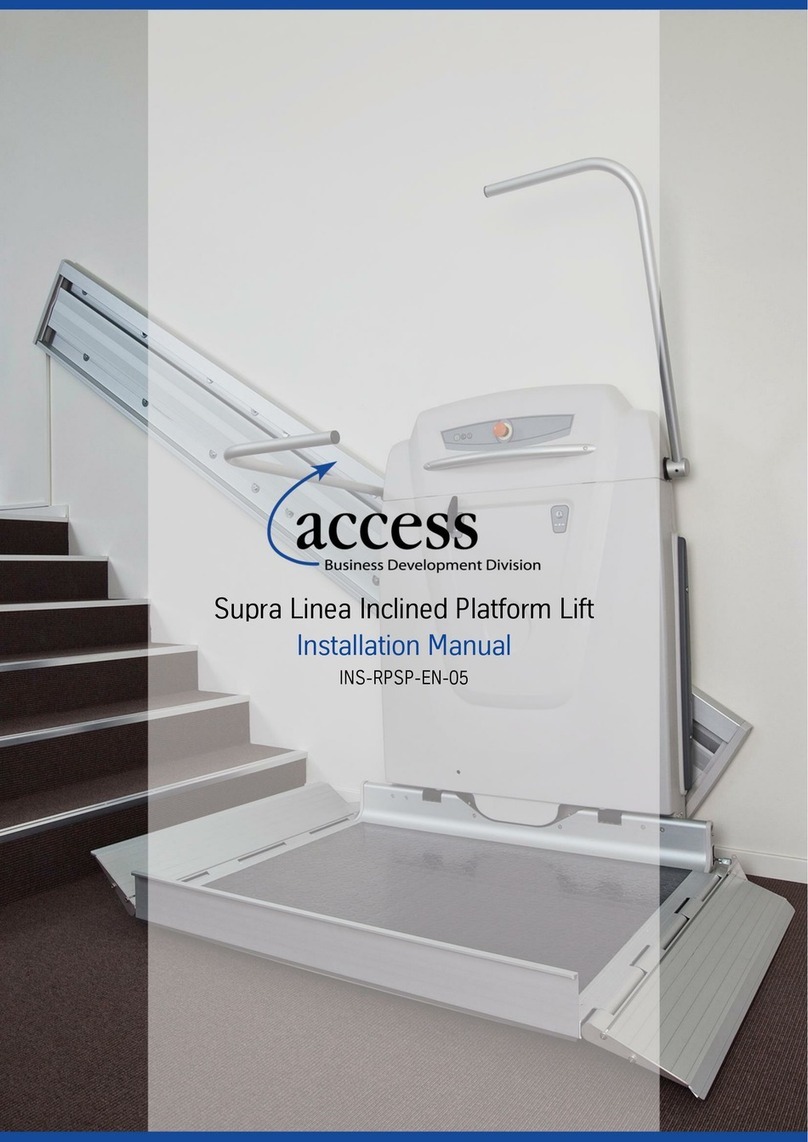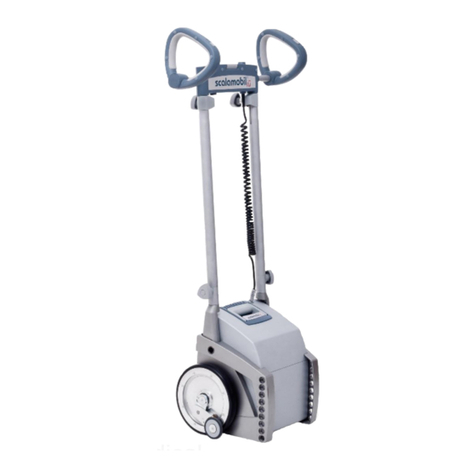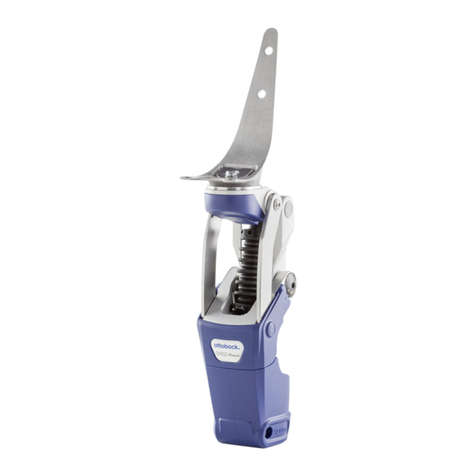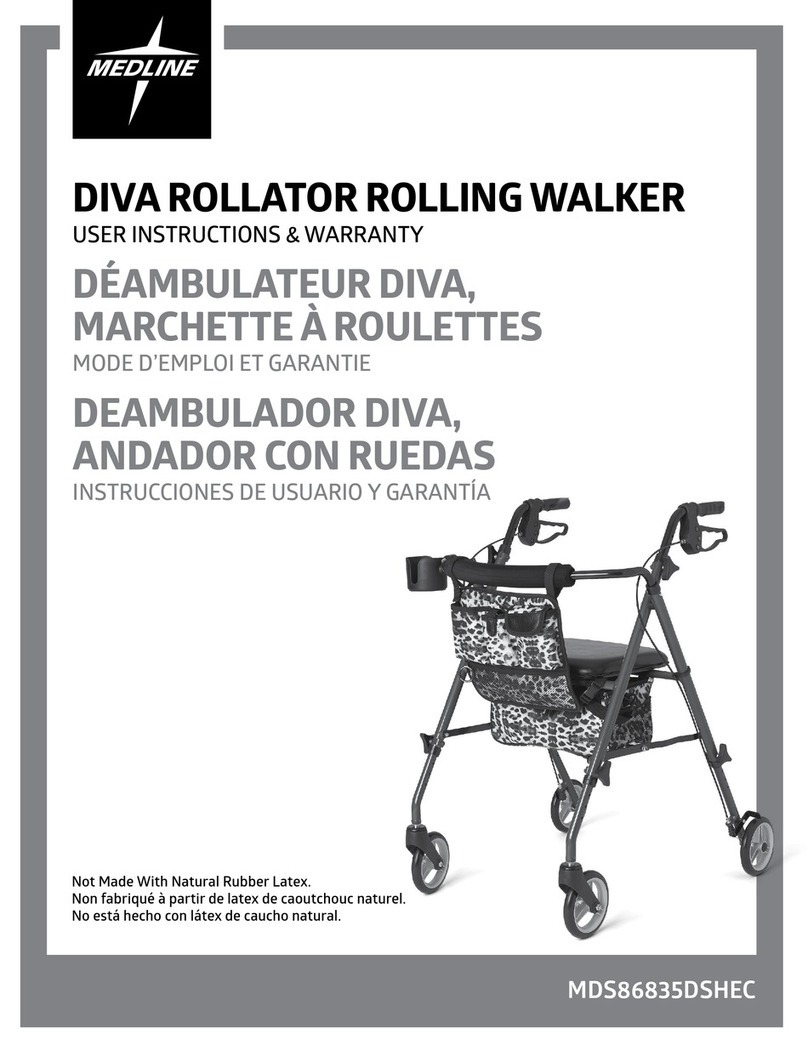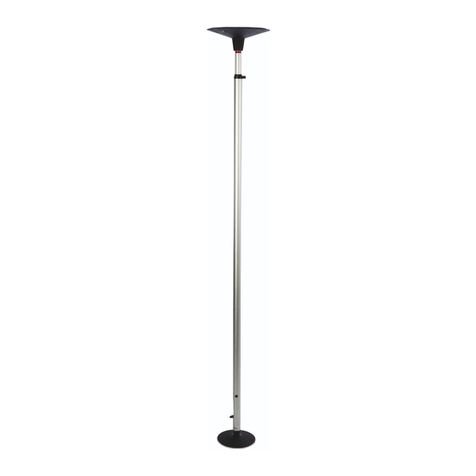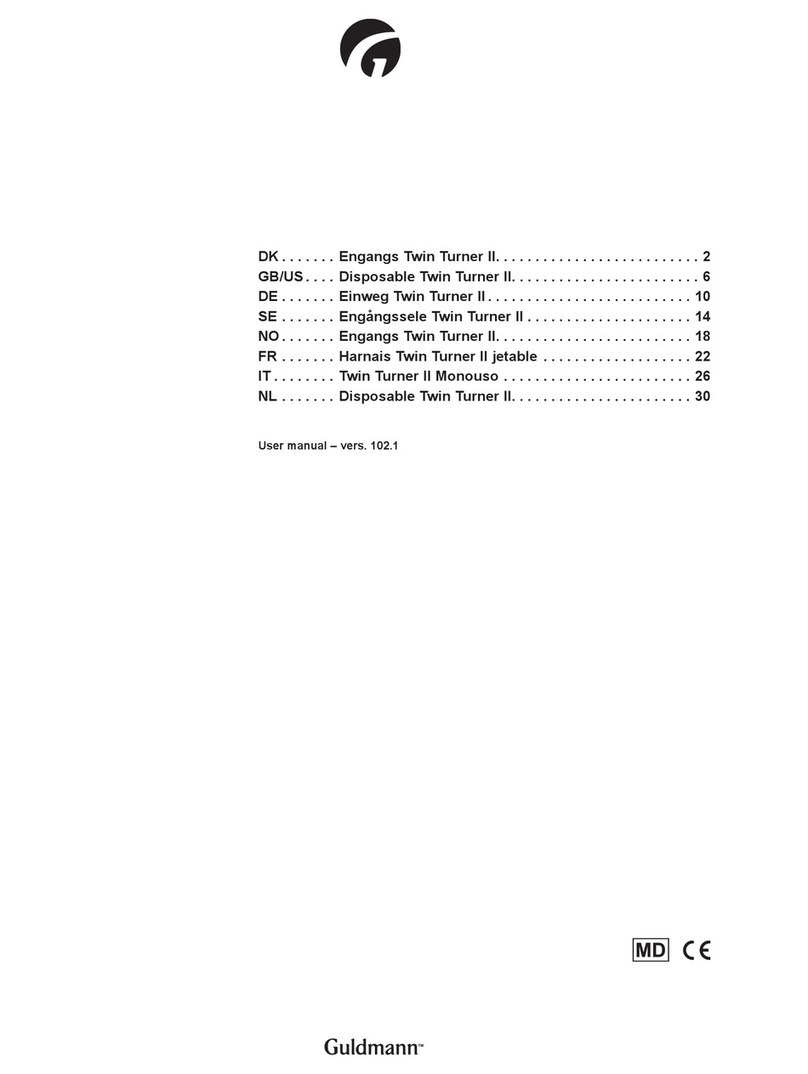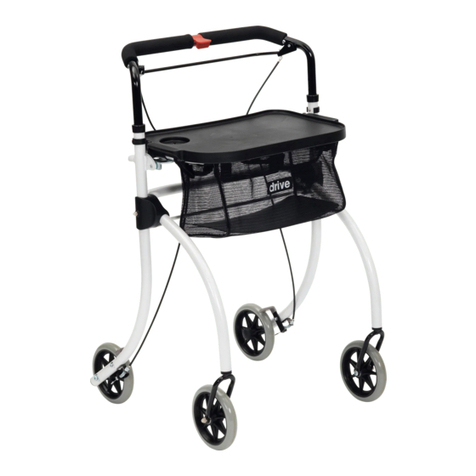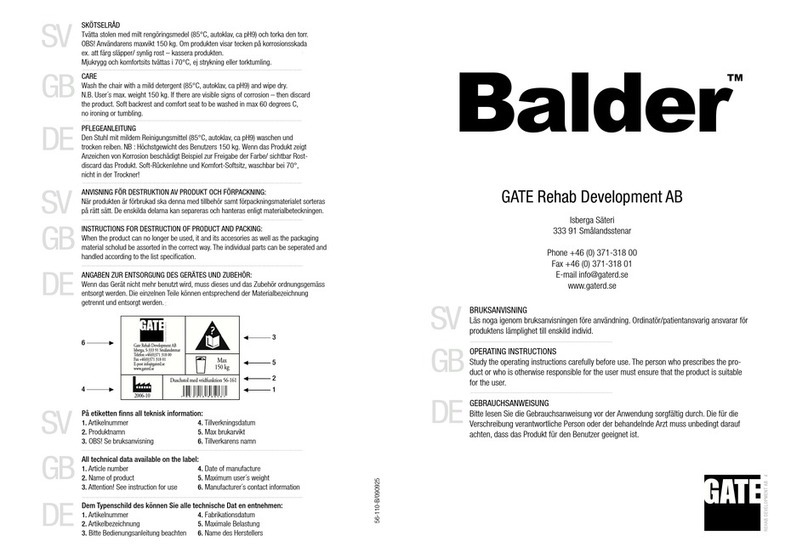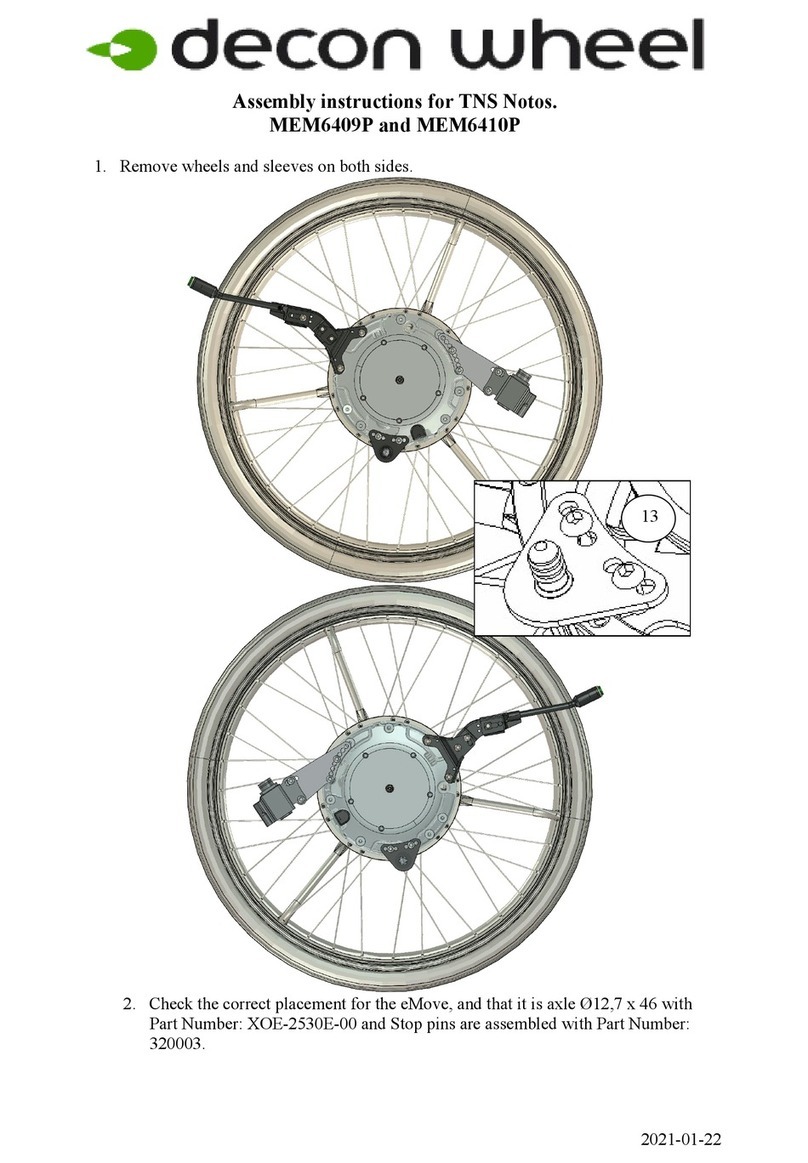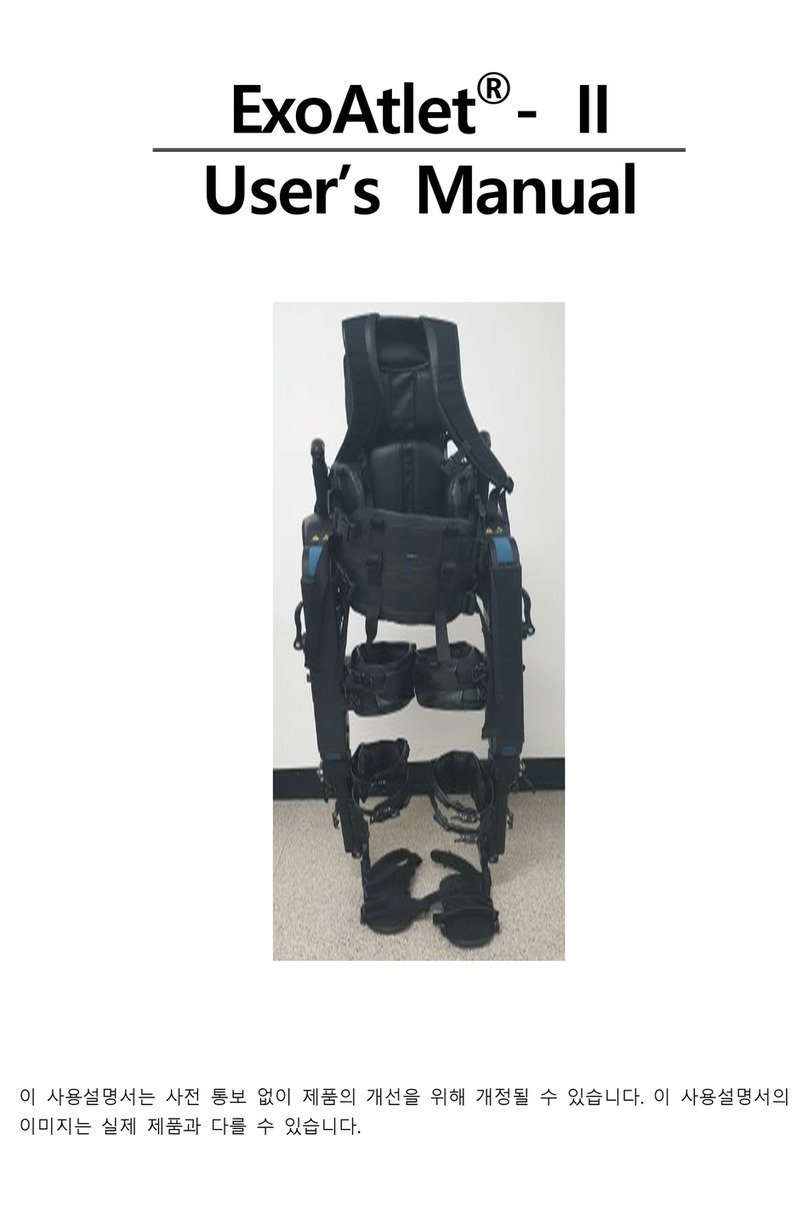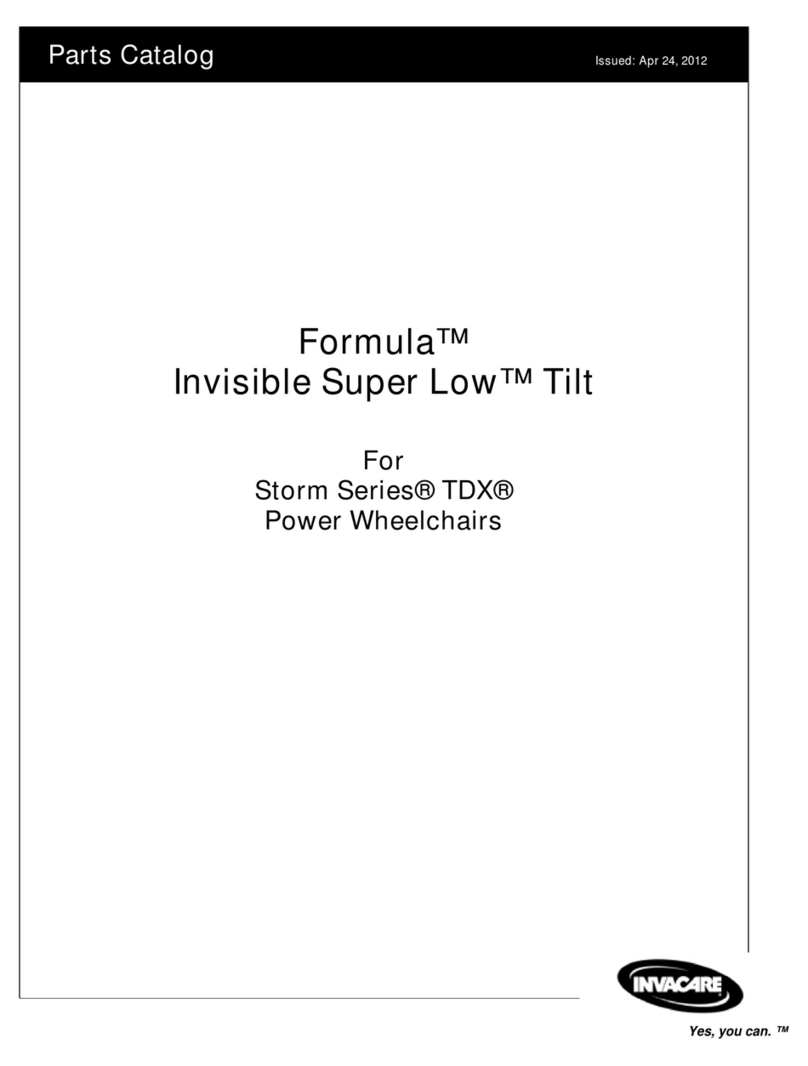
General
5
1 General
1.1 Introduction
A stairlift is mostly used for transporting less mobile people in their houses from one house floor to another. This lift
is specifically designed to be used in a home environment by a trained user. Because the lift is primarily used for the
transport of people, safety is an important design consideration. For the user of the lift, ease of operation,
robustness, fearless use, comfortable transport, noise and appearance are important aspects. For service and
installation technicians, the lift must be serviced and installed with minimal tools and be easy to maintain. For the
designer of the lift it is desirable that the system is manageable, modular and easy to adapt to other lift platforms
(reuse of subsystems).
According the Dutch safety standard for stairlift s (NEN EN 8140) a stairlift is an appliance for transporting a person
(either seated or standing) or a person in a wheelchair, between two or more boarding points by means of a guided
carriage moving in an inclined plane.
The Flow2A - Stairlift is a stairlift for seated persons and is a compact stairlift that fits most staircases: whether they
are straight, curved or even spiral stairs. The stairlift can be positioned on either the inside or the outside of the
stairs so that the available width of the stairs remains as usable as possible.
In figure below is shown of the “Flow 2A” stairlift in its resting position at the bottom of the stairs.
Several major parts can be identified:
The transportation drive rail is used as a guidance rail for the motorized chair. This rail is mounted on an existing
staircase through rail mounting fixtures.
The motorized chair is controlled by the user with an armrest control device. Additional RF Control devices are
present at the bottom and top boarding points (Call & Park devices, not shown).
The user sits on the chair equipped with a feet support appliance. The chair and feet rest support can be manually
folded/retracted when not used for transporting a person. This has the function of making the dimensions of the
chair smaller when parked.
The “Flow 2A” is able to keep the chair seat horizontal when the slope of the rail changes. This function is called
levelling.
It is also possible to rotate the chair around its vertical axis (swiveling) in order to manoeuvre through small staircase
environments or to create more space around the legs during transportation or getting on or off the chair. Three
versions are available: No swiveling (Fixed), Manual and motorized swiveling.
The arm rests are collapsible upwards, this allows for the user to easily position himself in the chair. When the arm
rest are in the horizontal position it surrounds the user for safety reasons.
The stairlift is battery operated. If there is an external power failure, the lift can still be operated for a limited time. At
some points along the rail (start location, end location and intermediate parking locations), charging contacts are
present to charge the batteries.
